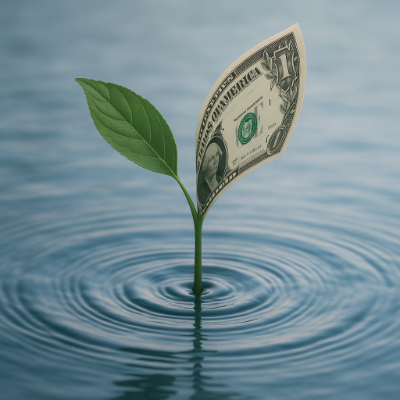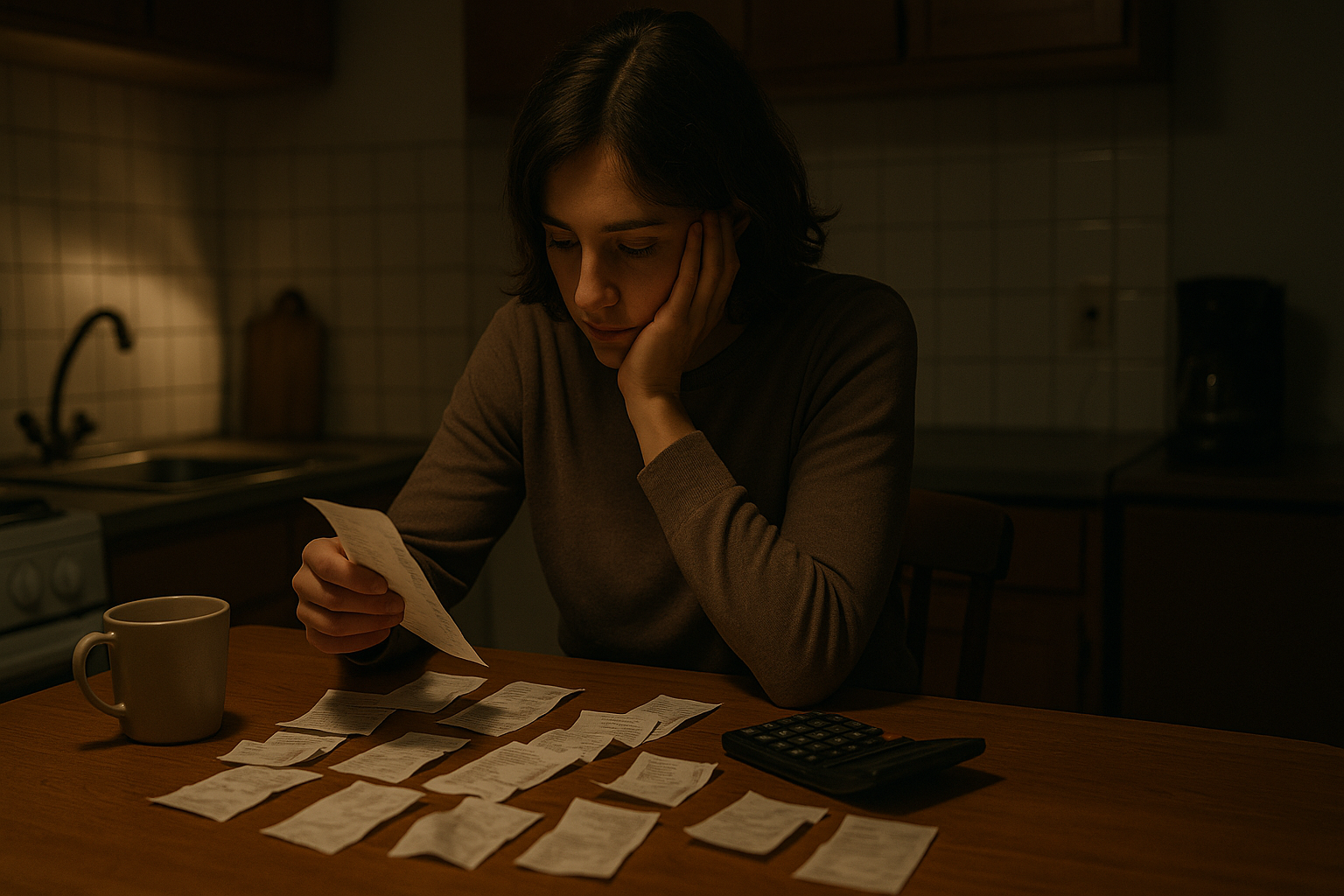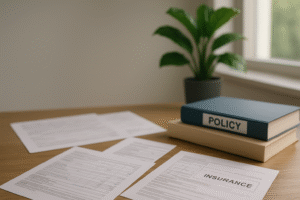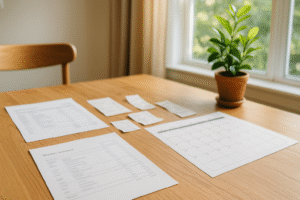Debt is often treated as a problem of math. The focus is on interest rates, balances, and payment schedules—as if eliminating the numbers will eliminate the issue. In reality, debt tends to return even after it is reduced or paid off. People often find themselves back in similar financial situations, regardless of changes in income or spending plans.
This cycle is rarely caused by calculation errors. It continues because the habits that led to debt remain in place. The urgency, the impulse, and the justifications are still active, even when the balances are gone. Debt, in this sense, is not just a condition—it is a pattern. Understanding that pattern is essential for meaningful financial change.
Debt Persists Through Habit
Paying off debt does not always result in lasting change. Many people eliminate balances only to take on new ones within months. The purchases may differ, and the lenders may change, but the underlying behaviors remain consistent. Without interruption, the cycle restarts—disguised as progress.
This repetition is often misinterpreted. It can appear as bad luck or temporary setback, when in fact it reflects unexamined financial routines. Expenses that exceed income, decisions made under pressure, and the use of credit to smooth out shortfalls continue unchecked. These patterns do not disappear when balances drop. They simply wait for the next opportunity to re-emerge.
The persistence of debt is not usually explained by lack of information. It is sustained by choices that feel automatic. As long as those choices go unchallenged, the cycle will not break. Debt becomes a familiar solution, even when it no longer solves anything.
Emotional Triggers Drive Financial Behavior
Debt is often used to manage feelings, not finances. Moments of stress, urgency, or disappointment create a sense of pressure that demands immediate relief. Borrowing offers a quick solution. Whether it covers an emergency, fills a gap, or provides a small reward, the effect is temporary. The emotional tension subsides, and the debt remains.
This exchange becomes familiar. Credit offers comfort when plans feel uncertain or when life falls out of rhythm. It becomes easier to justify decisions based on mood rather than need. A difficult week can turn into a purchase. An unexpected bill becomes a payment plan. The behavior feels reasonable in the moment, especially when others are doing the same.
Over time, these emotional responses build a pattern of avoidance. Debt becomes the path of least resistance. Instead of pausing or adjusting, people lean on borrowing to stay in motion. It creates the impression of control while distancing them from the long-term cost. The behavior persists not because it is logical, but because it is allowed to repeat.
Freedom Requires a New Routine
Breaking the debt cycle requires more than a decision to stop borrowing. It requires new behaviors that prevent the same problems from returning. Without changes to how money is managed, the old pressures reappear in different forms. Lasting change begins with structure, not willpower.
This structure includes planning, clarity, and friction. Spending choices must be made in advance, not in reaction to emotion or urgency. Small pauses—before a purchase, during a financial setback, or at the point of temptation—create space to act with intention. These pauses are not just about discipline. They are practical tools for rerouting old patterns.
Living without debt is not a passive state. It is a practice built through repetition. The absence of balances is the result, not the method. The shift happens when people no longer view debt as an option and begin to build systems that remove it from the list of responses.
Defaulting to a Different Choice
For many people, borrowing is not a decision—it is a reflex. It fills gaps, reduces pressure, and delays consequences. Over time, this reflex becomes part of daily life. It blends into routines, masks as progress, and continues unchallenged until it becomes too difficult to ignore.
Changing that pattern does not require more information. It requires a shift in behavior. That shift begins when borrowing is removed as a default response. In its place, people learn to wait, plan, and respond with intention. These are not dramatic gestures. They are consistent, practiced actions that add up to freedom over time.
The goal is not just to avoid debt but to live in a way that no longer relies on it. That outcome cannot be tracked with a number or measured in approval. It shows up in calm decisions, in greater control, and in fewer financial surprises. That is what it means to replace the habit entirely.
Finance Health
Focused on long-term growth and financial resilience, Finance Health is a voice of compound interest, consistency, and the long game.







